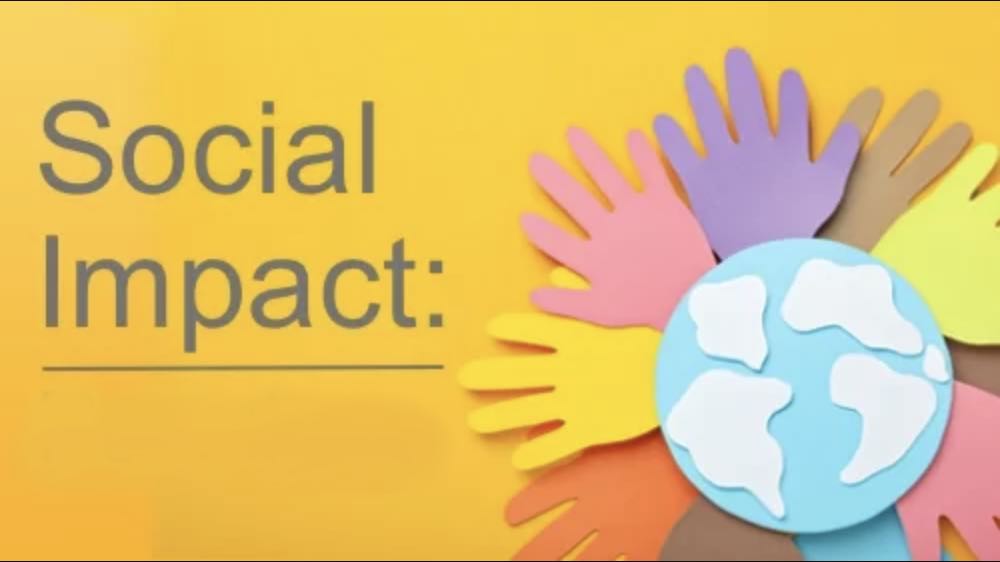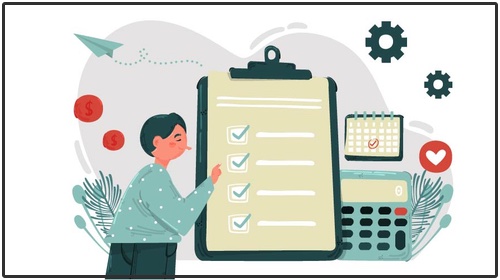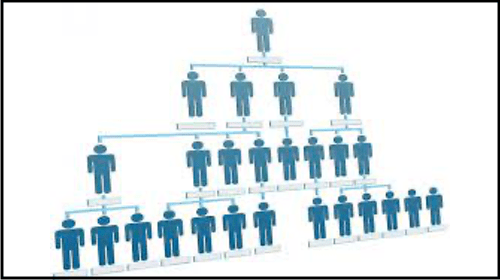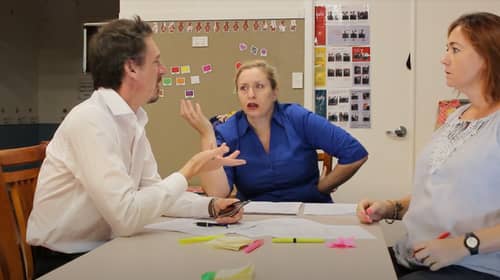Designated Roles Within a Management Committee
Authored by:
iClick2Learn Team
‘Click the video titles below to view them’
Transcripts are available under the videos
Want to know your VPs from your CPs? Find out who does what.
The remainder of the committee is made up of members who are not office-bearers. The people who occupy these positions are frequently referred to as general committee members. The key responsibilities of the general committee members, however, are undertaken by the committee as a whole.
In summary, this includes participating and contributing towards organisational planning, reviews and approvals, advocacy, marketing and promotion, deciding administrative functions and ensuring effective organisational and committee performance. Ensuring but not enacting operational management procedures and financial planning, management and decision making. These are all very important roles of the general committee members and the committee as a whole.
Now let’s look at the responsibilities for individuals in the committee. It is important that all committee members have a constructive approach to their role. Within the committee, there are two types of members. There are office bearers and general committee members. Let’s start with the office bearers or the executive.
The president provides leadership and direction to the committee and acts as a link between the committee and the managerial coordinator. The president holds the focus for the organisation and mentors and builds teamwork within the committee. They are the primary spokesperson for the organisation and this position usually requires more time than other roles.
The vice president supports the president in their role and is often a preparation opportunity for those who might be stepping into the president’s role in the future. They are expected to fill in for the president in case they are absent and they should have a good understanding of the responsibilities of that presidential role.
The secretary is responsible for the administrative tasks of the committee, things like agendas, meeting minutes and records of all correspondence to the committee. They prepare and lodge the annual reports, maintain a register of members and office holders. The treasurer maintains the financial records and they need to have sound knowledge of financial matters. An important part of their job is to ensure the committee understands the financial position of the organisation.
The General Committee members may or may not include the roles of grievance officer and staff liaison officer. They’re not official Management Committee positions but they certainly do help the organisation run more smoothly if you do fill those positions. A Staff Liaison Officer. The key responsibilities of this position is to serve as the first point of contact with the committee for any staff and employment-related concerns that aren’t able to be dealt with by the coordinator or manager.
When there is an issue, staff should first go to the manager or coordinator who then liaises with the Management Committee if need be. Only when there are issues between staff and the coordinator or manager that can’t be resolved, is when the Staff Liaison Officer can be the Management Committee’s point of contact for that person to try and resolve those work-related issues. The Grievance Officer, it’s almost inevitable that conflicts are going to occur within an organisation or someone will raise a grievance.
Therefore, a person should be appointed to act as the grievance officer. This position should be established as part of putting a conflict and grievance resolution policy in place. It is very important that anyone acting in the Grievance Officer’s role should receive at least basic training in this area.
The Grievance Officer could be a member of the Management Committee, the coordinator manager or some other member of the local community who can responsibly fill that roll. Someone should also be trained as an alternate Grievance Officer to deal with situations where it’s not practical or appropriate for the Grievance Officer to be involved.
Related posts
Starting a Not-for-Profit
Accidental Counsellor
Developing a Fundraising Plan
Create a Sponsorship Plan
How to Develop a Logic Model [Course]
Social Impact
Develop Your Event Plan
Approving Your Budget
5 Tips for effective meetings
Board Assessments and Evaluations: An Introduction
Legal Structures
Organisational Structure
How to Run Your AGM
Governance and Your Organisation
3 Essential Financial Documents
Staying On Top of Your Financials
Informed Decision Making in Your Not-For-Profit
What is a Code of Conduct and Why Do You Need One?
Getting to Know Your Constitution
Governance Risks for Service-Based Organisations
- Tags | Boards and Committees, Roles




















